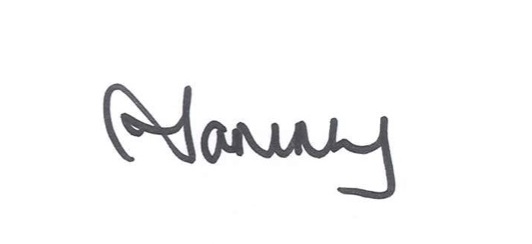
It’s the drama that has had us glued to our live blogs and twitter feeds; the ‘wild boar’ soccer team rescue in Thailand. For those that have been living under a rock, it’s the remarkable story of a kid’s soccer team and their coach who survived living in a cave for ten days.
I am writing this whilst the last part of the rescue is being undertaken, and so no one knows the full story yet, or how the final part of the rescue will play out.
What we do know though, is that the young coach, himself only 25 years old, has been fundamental to the team’s survival. Reportedly, he trained as a monk and had learnt the techniques of meditation and mindfulness from a young age. It was these techniques that he employed with the boys to help them through their ordeal.
It’s an extraordinary story. And one that will no doubt continue to be unpacked for some time yet to come.
The use of his techniques was something that stuck with me, as the benefits of mindfulness and meditation in life generally have been known for quite some time. But, it’s now known that these techniques have a huge impact on leadership too.
This article from HBR talks to the benefits that meditation brings to CEOs. Chief amongst the benefits are:
- Resilience
- A boost to emotional intelligence
- Enhanced creativity
- Improved relationships
- Increased focus
As the author says:
Importantly, meditation is not just “one more thing to do.” If you’re thinking that you have enough on your plate and don’t need yet another thing, consider this advice that Arianna Huffington shared with me. “Although I’ve known its benefits since my teens, finding time for meditation was always a challenge because I was under the impression that I had to ‘do’ meditation. And I didn’t have time for another burdensome thing to ‘do.’ Fortunately, a friend pointed out one day that we don’t ‘do’ meditation; meditation ‘does’ us. That opened the door for me. The only thing to ‘do’ in meditation is nothing.”
But as both research and experience show, doing nothing can have real results.
There’s plenty of other research that supports this article too. Here are some other interesting articles:
How spending 10 minutes a day on mindfulness changes the way you react
Can 10 minutes of meditation make you more creative?
And the good news, is that it doesn’t need to be about siting cross legged and humming “ommm”. Both meditation and mindfulness are now packaged in many different ways. Without doubt, there will be a style and approach that suits you and your lifestyle.
Try it and see what impact it can have on your leadership style and approach.
Better ideas, better decision making, and a better mood — all in the time it takes to drink a cup of coffee? Our study suggests that it’s all true. As Mirabai Bush, Google’s adviser for ”Search Inside Yourself,” the company’s corporate mindfulness program, puts it, “Mindfulness will make your life work better and your work life better. It’s a win-win!”
In the end, the only way to really see whether you like mindfulness meditation is to try it yourself. Download one of the many short mindfulness meditation courses available online (including meditation apps such as Headspace, Calm, or buddhify), or just follow the instructions below.
- Find a place where you won’t be disturbed.
- Sit in a comfortable position and set a timer.
- Gently close your eyes.
- Ask yourself what you are currently experiencing, and observe your feelings, sensations, and thoughts.
- Shift your attention to your body and spend a moment or two zooming in on the sensations in places that touch the chair or floor.
- Shift attention to your belly and observe your sensations. Focus on how it extends and falls with every breath.
- Observe your breathing some more without changing it.
- At some moment, your mind will naturally wander away.
- When you realize that your mind is no longer in the present, recognize it as a moment of awareness and shift your attention back to your breathing.
- Now focus on your whole body, observing your posture and face. When you are ready — or when the timer reminds you that you should get back to work — open your eyes.
WANT MORE?
As always, if you’d like to get in touch – you can click here.
If you’d like to read any of the 250+ blog posts on this site, you can click here. These blogs talk specifically about meditation.
If you’d like to buy one of my books, you can click here.
And if you’d like to sign up to permission to dream programme, you can click here.
See you tomorrow (yes a month of posting daily!)
Thanks to https://www.gaiam.com/blogs/discover/meditation-101-techniques-benefits-and-a-beginner-s-how-to for their use of the image.

TAMMY TANSLEY
I help give leaders the courage to lead & enable great people performance. Mum to 2 beautiful mischiefs. Long time wanderer @ the globe. Foodie. Runner. Blogger. Author of Do What You Say You’ll Do, a book for new leaders and those reinventing their leadership style.

